Different Addition Methods or Strategies Teacher Should Try
Teaching addition is one of the most important building blocks in early math education. It's the foundation for future concepts like multiplication, problem-solving, and even algebraic thinking. But for many young learners, understanding how and why numbers come together can be challenging without the right support. In this blog post, we’ll explore effective and engaging ways to teach addition using visuals from The Joy in Teaching’s resources and additional classroom-proven strategies. Whether you’re a kindergarten teacher introducing the concept or a first-grade teacher reinforcing fluency, you’ll find creative tools to bring math to life.
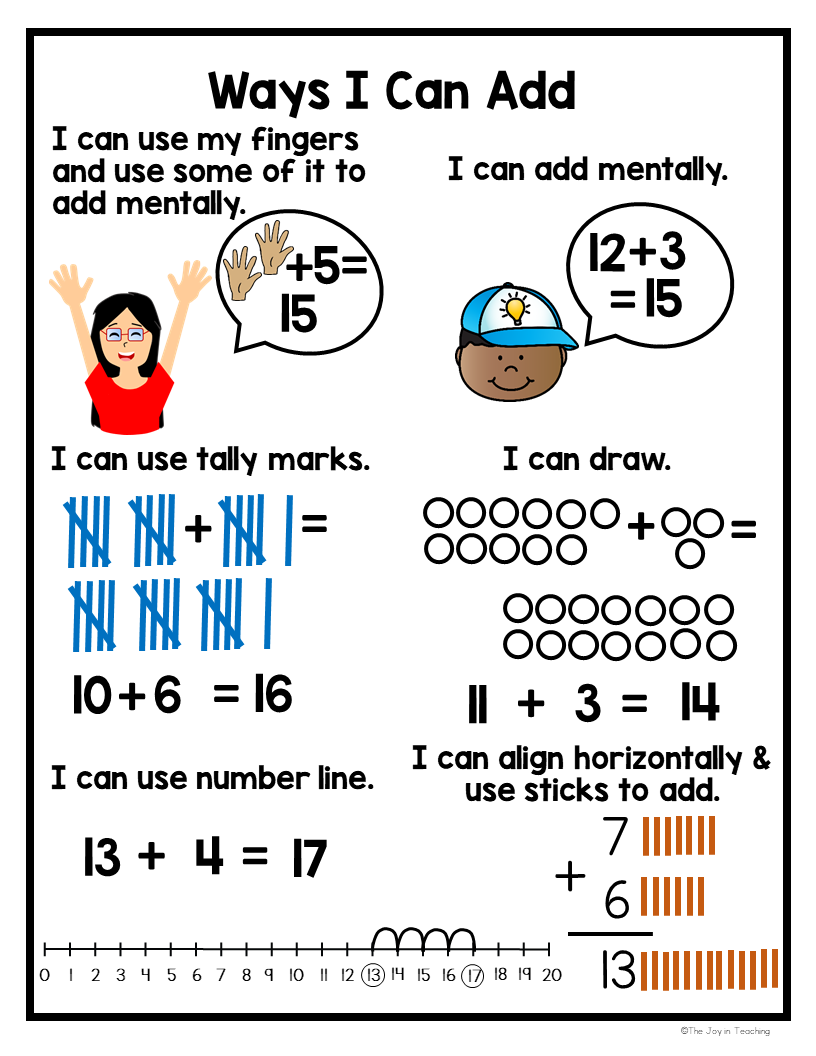
1. Using Fingers and Mental Math Visual Reference:
Fingers are always available and provide a tactile way to build number sense. Combining fingers with mental math supports fluency and transitioning to more abstract thinking.
Classroom Tip: Encourage students to “start with the bigger number and count on.” For example, if solving 8 + 3, have them say “8…9, 10, 11” using three fingers to count on. This prevents always starting from 1 and speeds up computation. Extension Idea: Use number songs that involve fingers (e.g., “Five Little Monkeys”) to build automaticity in a fun and musical way.

2. Tally Marks Visual Reference: Tally marks are grouped into fives for easier counting, and students use them to represent 10 + 6 = 16. Why It Works: Tally marks reinforce grouping and help students move toward skip counting. They’re great for visual learners and introduce organizational strategies. Classroom Tip: Let students use whiteboards or small chalkboards to practice creating and counting tally marks during morning warm-up. Game Idea: Play “Tally Hunt” by hiding cards with numbers around the room. Students draw tally marks to match the numbers they find.
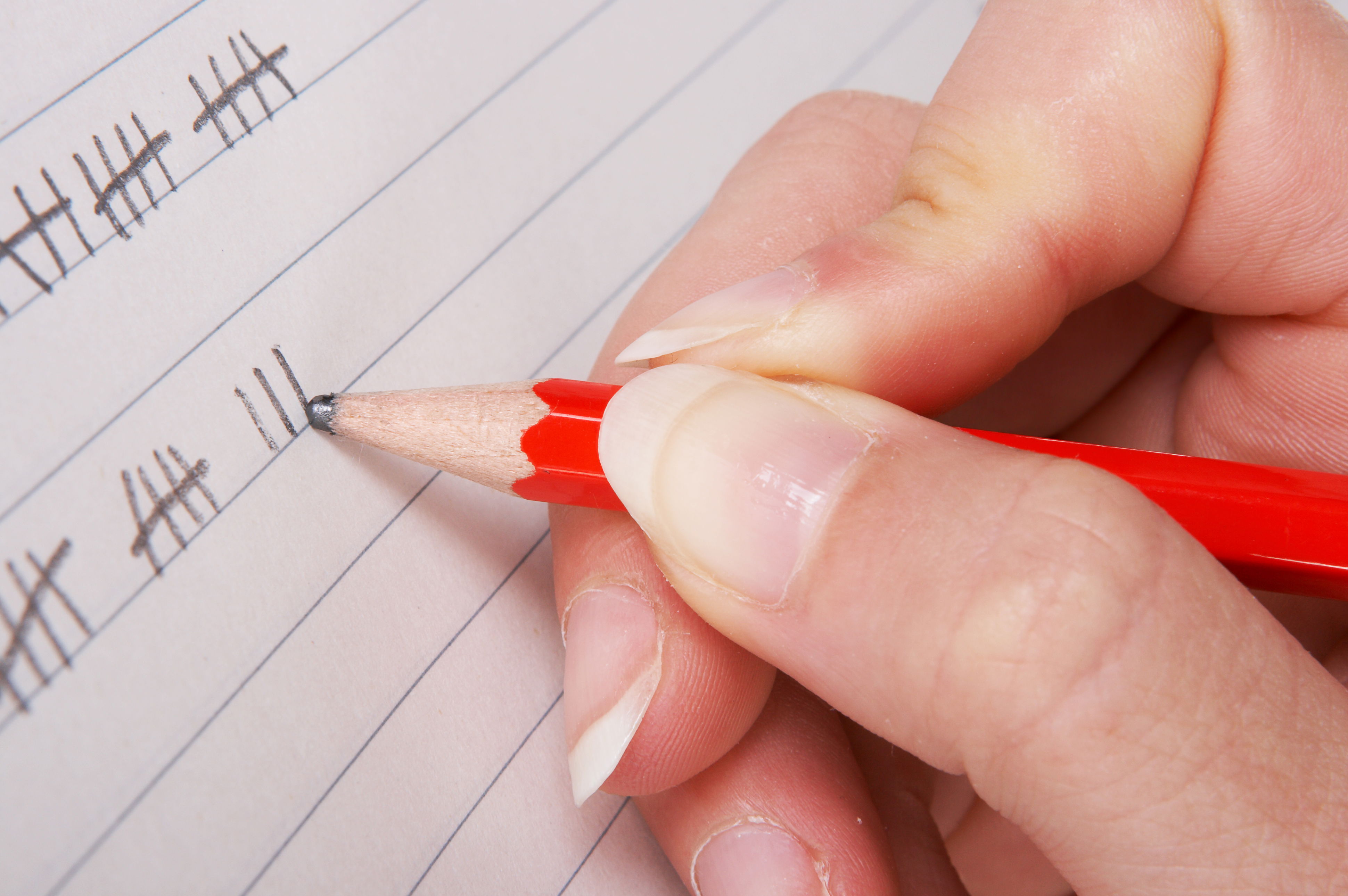
3. Using a Number Line Visual Reference: The number line is used to show 13 + 4 = 17 with “jumps.” Why It Works: It visually shows the process of “adding on” in a linear way. Number lines help solidify understanding of numerical order and distance between numbers.
Classroom Tip: Use a floor number line with large numbers (0–20) and let students physically jump forward. This kinesthetic approach is particularly engaging for younger learners. Digital Integration: Try interactive number line tools online or in apps like Seesaw or Boom Cards to practice virtual jumps and reinforce the concept digitally.
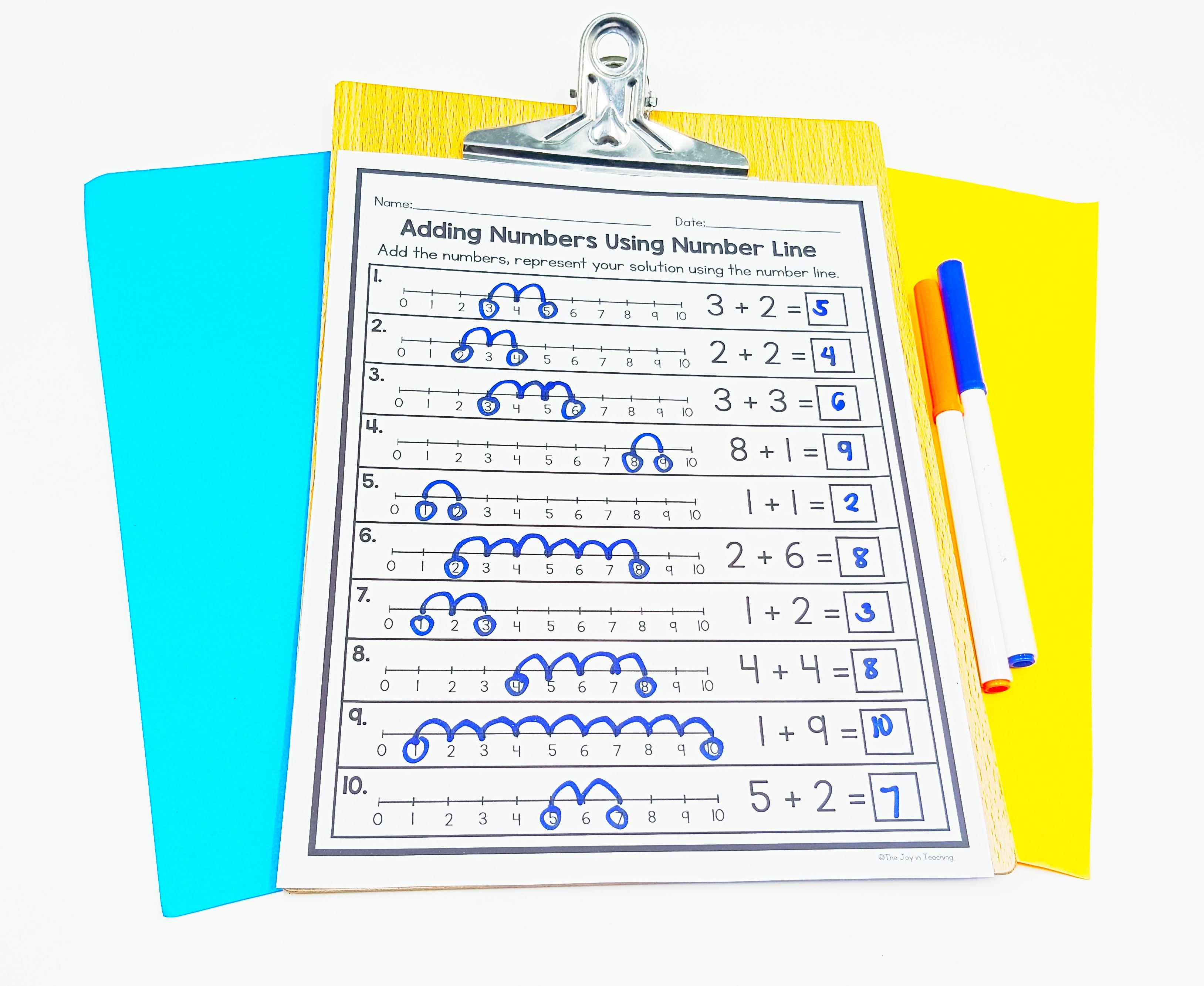
4. Drawing Objects Visual Reference: Students draw circles or dots in groups to represent quantities, then count them (e.g., 11 + 3 = 14). Why It Works: Drawing is a powerful transition between using manipulatives and mental math. It helps students visually “see” the parts and whole in an addition equation.
Classroom Tip: Offer “Math Journals” where students solve a daily addition problem by drawing it out and writing the matching equation. Bonus Strategy: For ELL students, drawing provides a language-free way to process and solve problems.
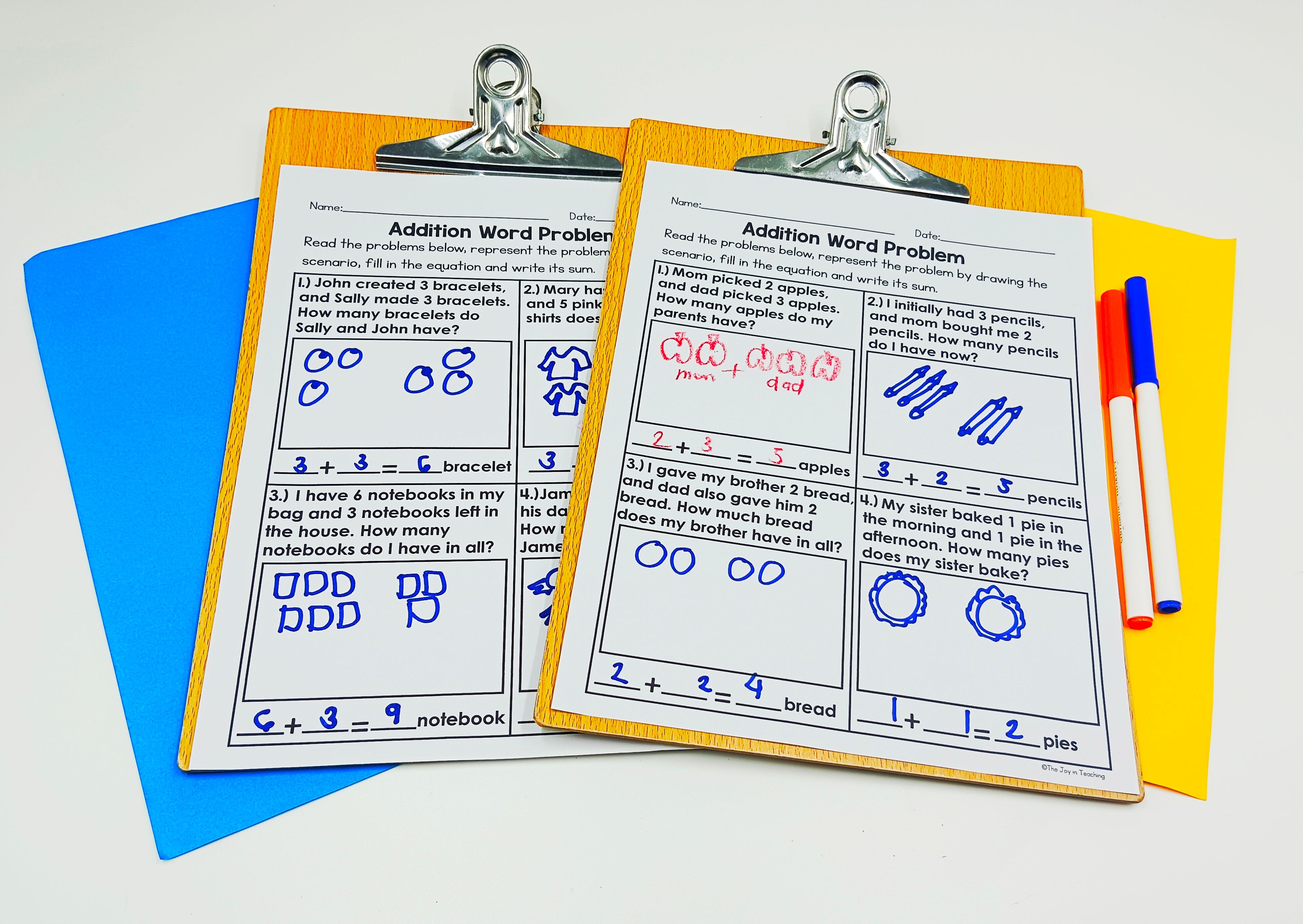
5. Aligned Addition with Sticks Visual Reference: Numbers are aligned vertically, and students use “sticks” to represent ones (e.g., 7 + 6 = 13). Why It Works: Reinforces place value and prepares students for regrouping. Makes abstract equations more concrete.
Classroom Tip: Introduce place value blocks once students master sticks. Sticks can later be grouped into tens (bundles) to show carrying over.
Assessment Idea: Use this strategy to check understanding of addition with and without regrouping in centers or small groups.
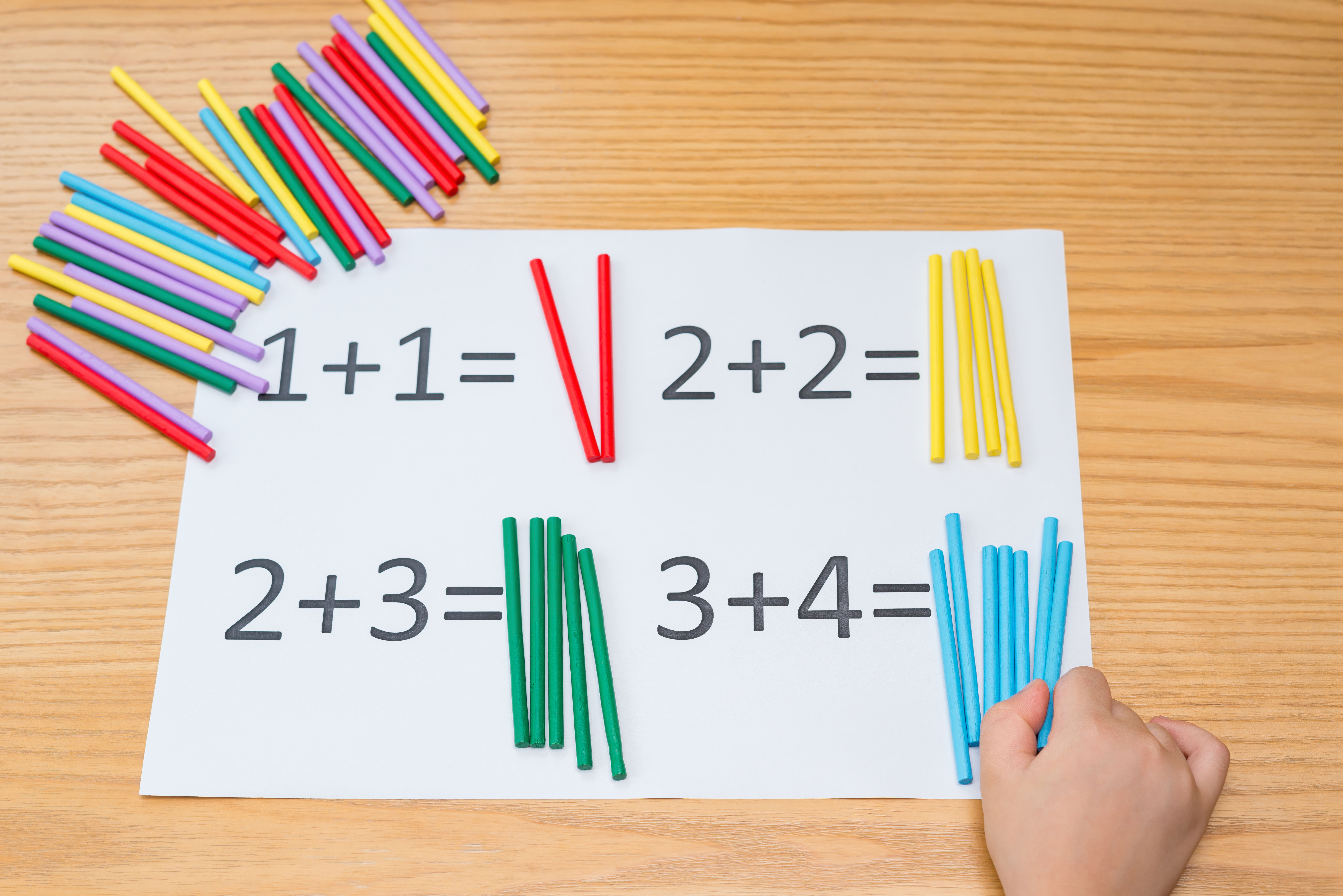
6. Introducing Vocabulary and Symbols Visual Reference: It breaks down key terms like addends, sum, plus sign, and equal sign using a candy visual.
Why It Works: Helps students build math vocabulary early. Clarifies the parts of an equation and their roles.
Classroom Tip: Create an Addition Word Wall in your classroom that displays math vocabulary with visual supports like candy or counters. Interactive Idea: Have students “build” equations using cut-out symbols and numbers and label the parts (e.g., which are the addends and which is the sum).
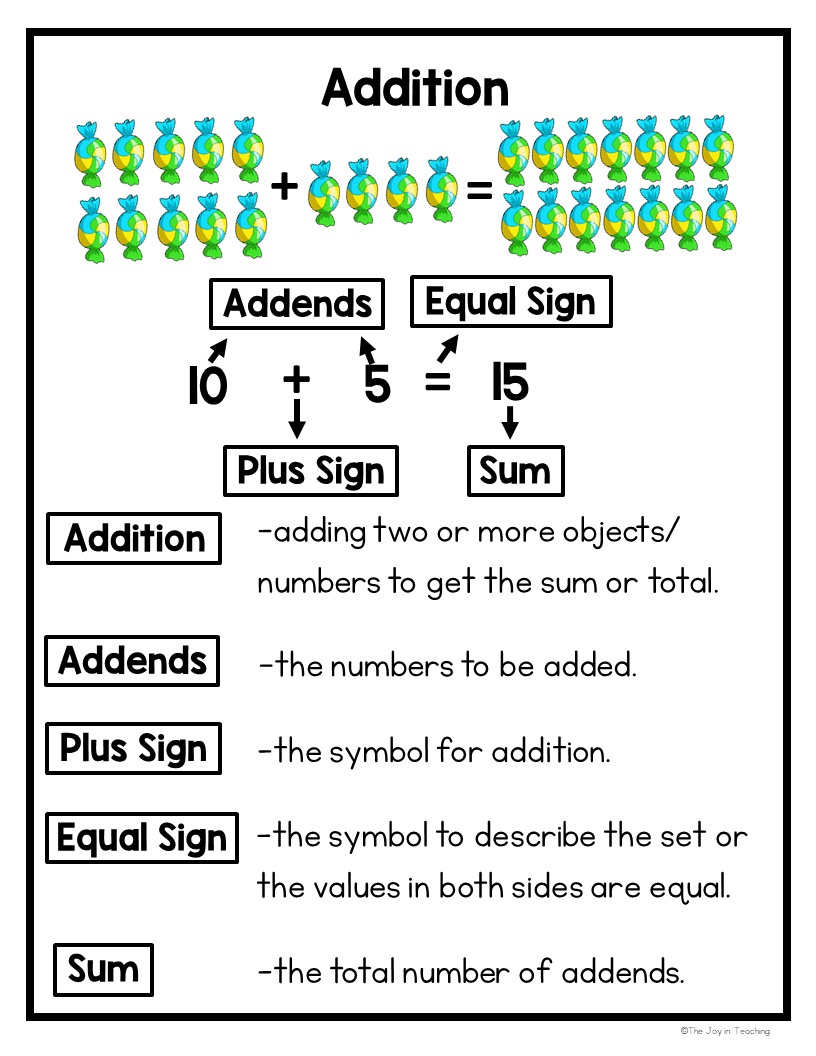
7. Properties of Addition Visual Reference: Explains the Identity Property (14 + 0 = 14), Commutative Property (11 + 2 = 13 or 2 + 11 = 13), and Associative Property ((3 + 10) + 4 = 3 + (10 + 4)).
Why It Works: Helps students understand that math has consistent rules. Builds flexibility with numbers and deepens understanding.
Classroom Tip: Introduce one property at a time with real-life examples (e.g., “If I have 5 candies and you give me 0 more, how many do I still have?”).
Activity Idea: Use sorting cards with equations to help students identify which property is being used.
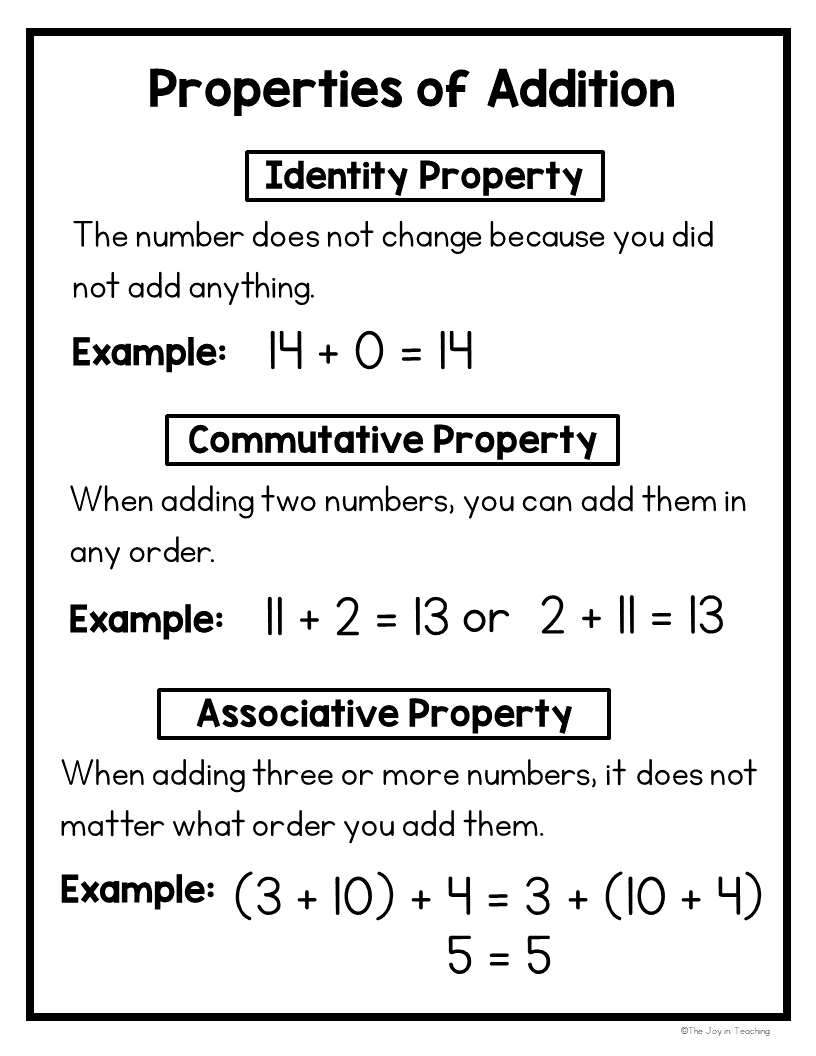
8. Manipulatives and Counters Your visuals use candies and sticks, but this can go further.
Ideas:
Unifix cubes
Two-sided counters
Beads on pipe cleaners
Mini erasers (seasonal themes)
Why It Works: Engages tactile learners. Makes abstract concepts hands-on. Classroom Tip: Create “grab-and-go” addition kits for centers with a number mat, manipulatives, and recording sheet.
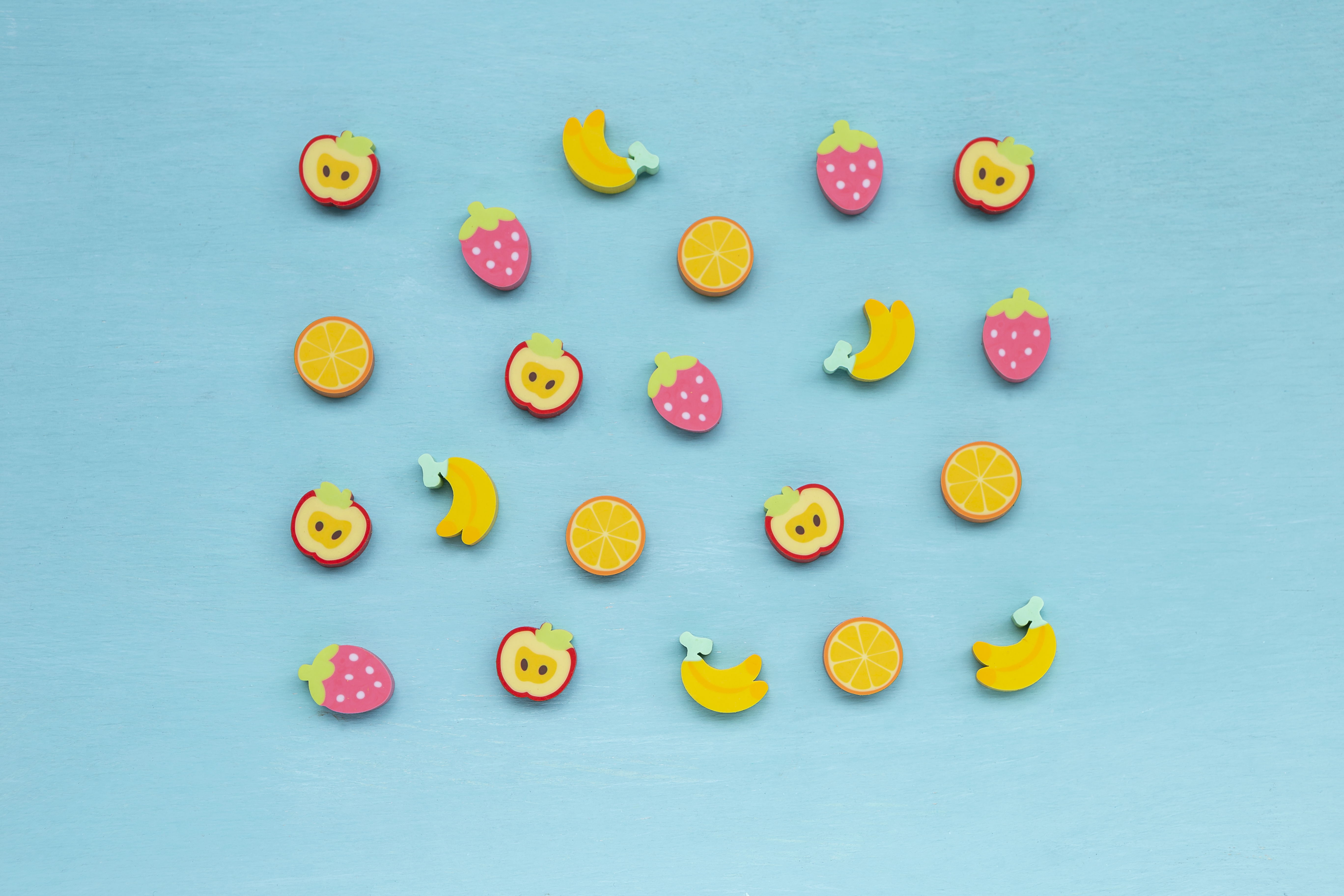
9. Math Centers and Games Ideas:
Roll and Add: Roll two dice and add the numbers.
Addition Bingo: Students cover sums as you call out problems. Matching Cards: Match equations to sums.
Why It Works: Repetition with fun builds fluency. Encourages cooperative learning.
Classroom Tip: Rotate centers weekly and include a recording sheet for accountability.
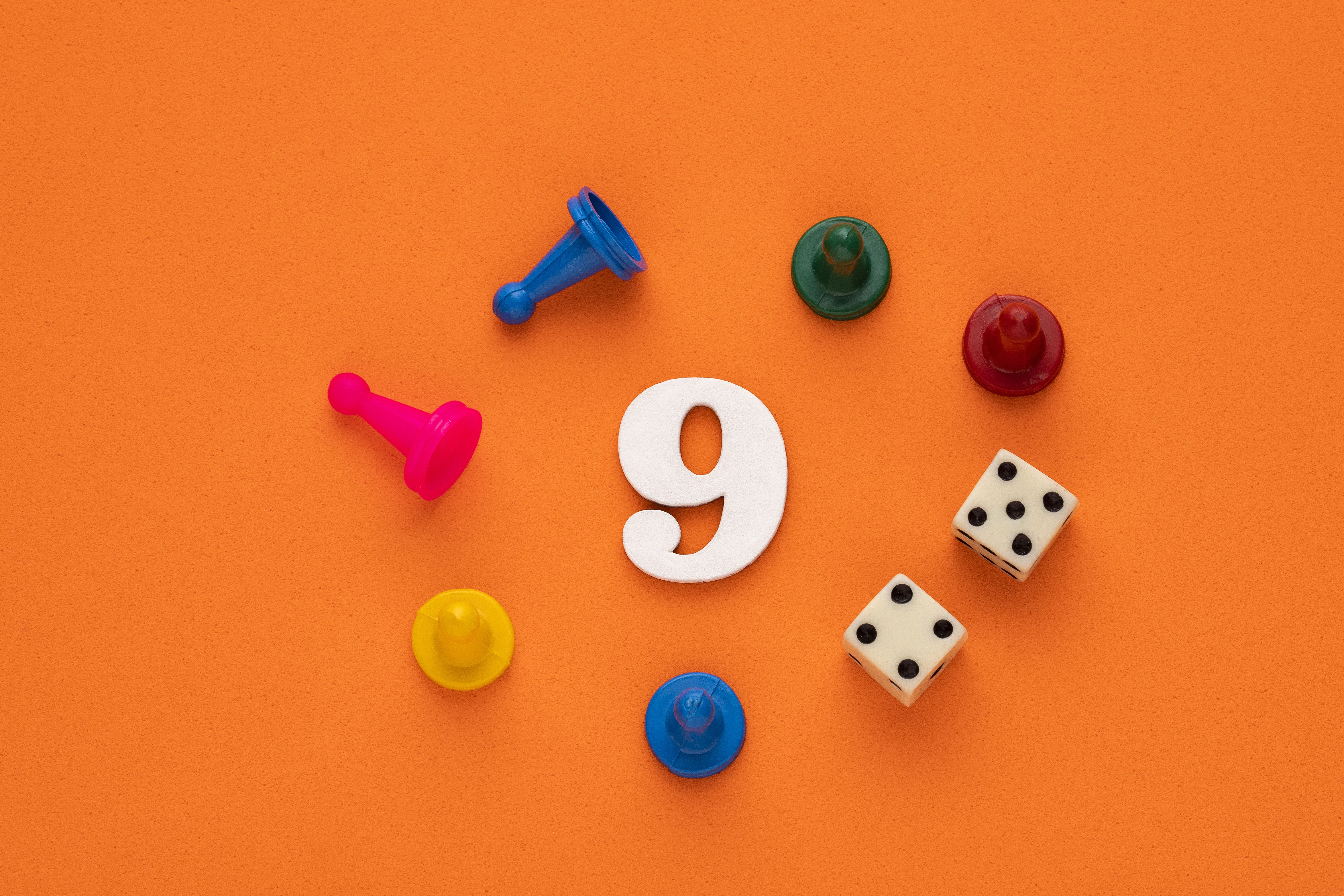
10. Technology Integration Tools to Try: Boom Cards for digital practice iPad apps like Moose Math or Todo Math Interactive whiteboard tools like SMART Notebook
Why It Works: Students love screens. Provides instant feedback.
Classroom Tip: Use tech as a reward or enrichment for early finishers.

11. Anchor Charts and Visual Reminders The charts you created are perfect for reference during lessons and independent work time. They reinforce key strategies and vocabulary in a friendly, student-centered way.
Ideas to Expand: Create a “Math Strategy Wall” where you add one chart per week. Print mini versions for student math folders.
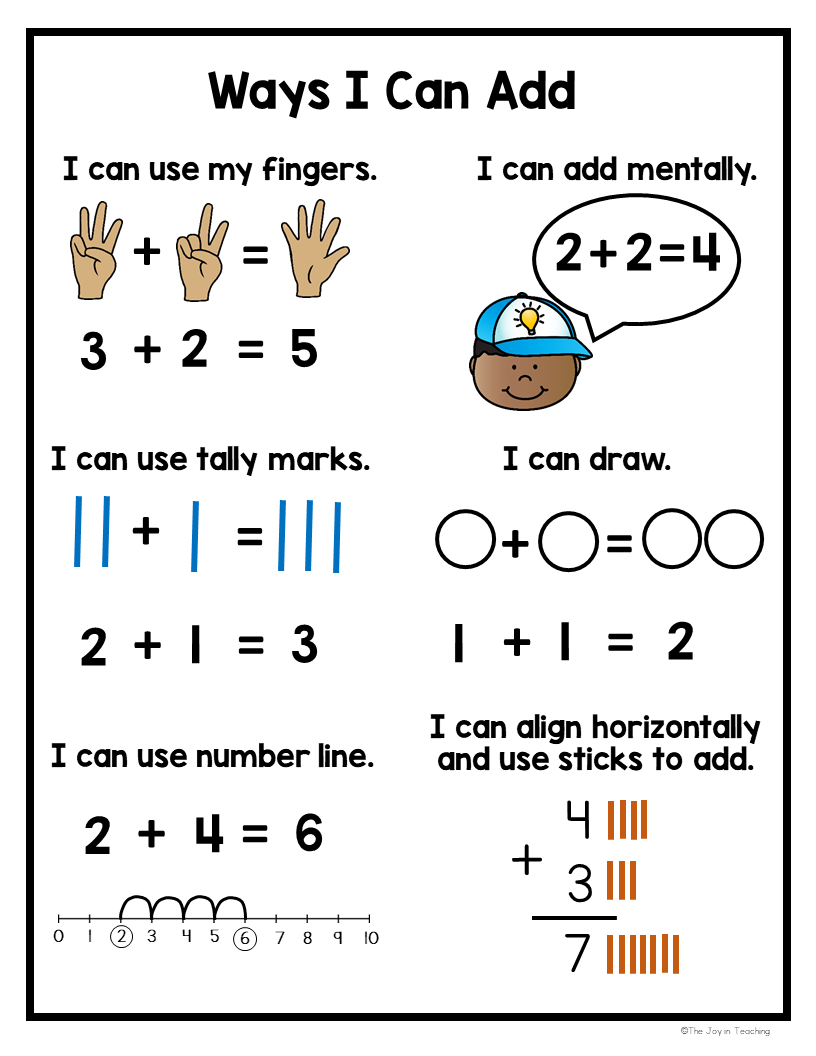
12. Incorporating Stories and Real-Life Scenarios Examples: “If I have 1 apple and I pick 2 more, how many apples?” Use storybooks like Monster Musical Chairs or Pete the Cat and His Four Groovy Buttons to integrate addition naturally.
Why It Works: Connects math to real life. Keeps younger students engaged.
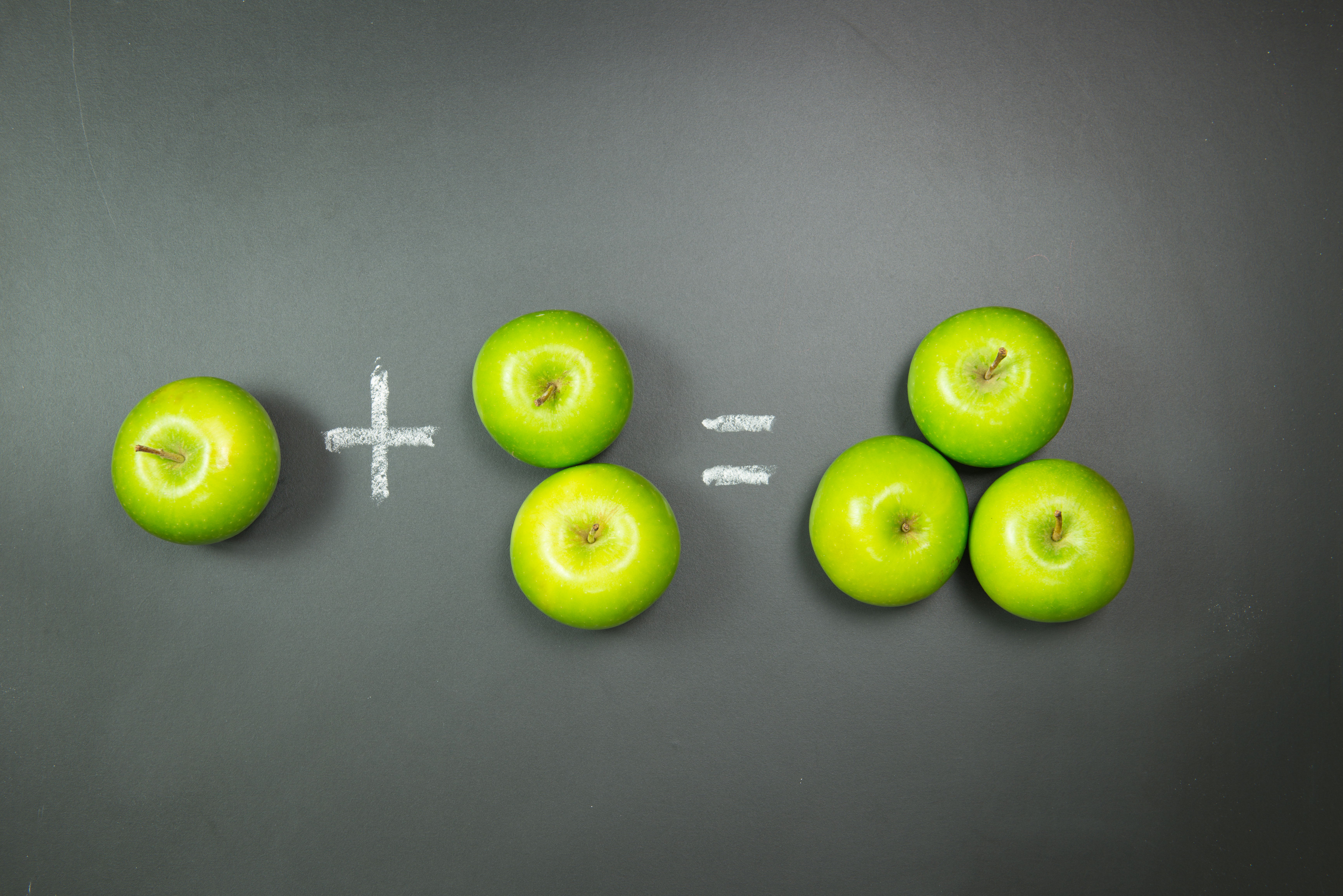
13. Differentiation for Diverse Learners Ideas: Use visuals and manipulatives for ELL and struggling learners. Offer challenge problems and multiple strategies for advanced students. Include partner work, games, and journaling to match different learning styles.
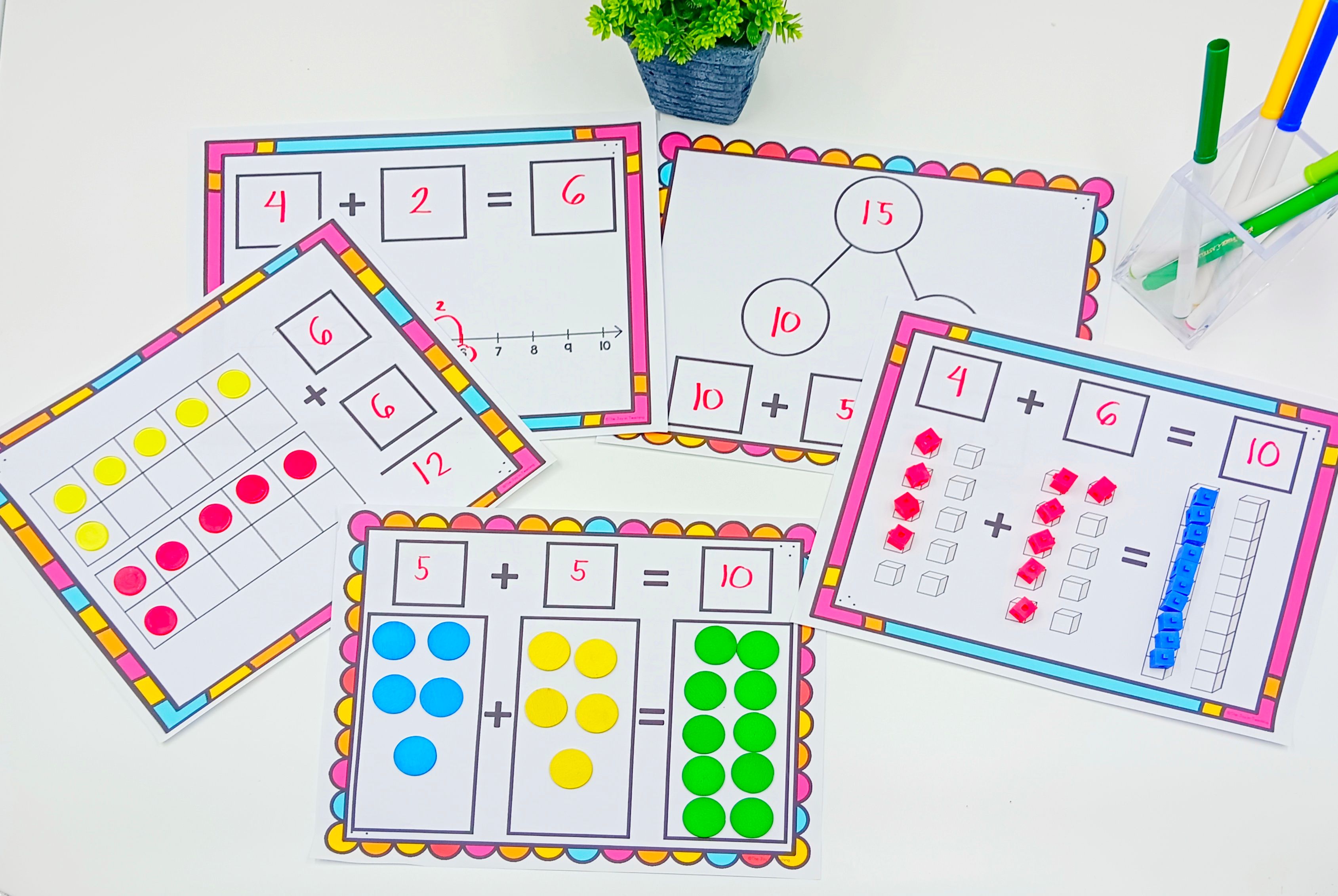
Final Thoughts Teaching addition doesn’t have to be boring or difficult. With the right mix of visuals, hands-on tools, and clear vocabulary, students can build a strong foundation in math. The key is using multiple strategies and giving students choices in how they approach problems. Your visual resources—fingers, drawings, tally marks, number lines, aligned addition, and property charts—are a goldmine for making learning interactive and accessible.
When students see that math can be understood in many ways, their confidence soars. So whether you’re teaching in-person, online, or in a blended classroom, try layering these strategies throughout your week. You’ll be surprised how much your students enjoy math—and how quickly they grow! --- Want ready-to-use addition visuals and worksheets?
Addition and Subtraction Within 10
Addition and Subtraction Within 20
Follow Me for More Teaching Tips with Joy For more tips, resources, and a daily dose of teaching joy, follow me on:
Got questions or want to share your success stories? Drop me an email at thejoyinteaching@gmail.com. I love hearing from fellow educators and parents! Happy Teaching!
Joy Medalla
The Joy in Teaching 💛